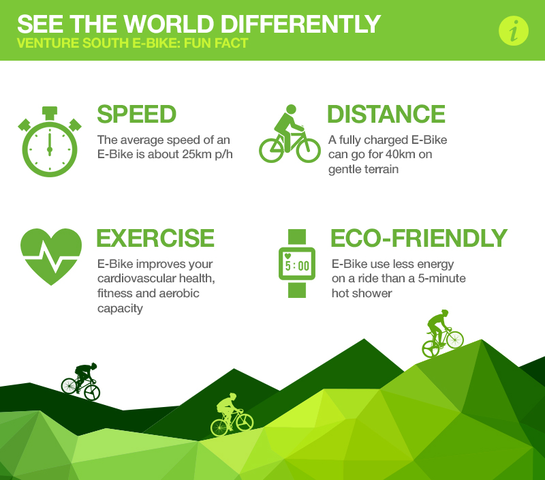Seek Out The E-Bike That Is Ideal Matched To Your Needs And Complies With Suitable Regulations
Seek Out The E-Bike That Is Ideal Matched To Your Needs And Complies With Suitable Regulations
Blog Article
Web Content Author-Wang Stanton
If you're taking into consideration buying an e-bike, recognizing the various classes is key in making an informed choice. You could be surprised at just how each course supplies special attributes that deal with different riding preferences and legal demands. From pedal-assist alternatives to throttle-controlled versions, each class has its benefits. So, before you decide on the perfect e-bike for your requirements, it's vital to realize the differences in between Course 1, Course 2, and Class 3 e-bikes.
Course 1 E-Bikes
Class 1 E-Bikes are defined as pedal-assist electric bikes that offer support just when you pedal, discontinuing to do so when you reach 20 miles per hour. These bikes are excellent for those searching for a little extra boost while still intending to obtain some workout. Class 1 E-Bikes offer a smooth change in between pedaling and electrical aid, helping you overcome hillsides and long distances with ease. The electric motor begins as quickly as you start pedaling, supplying a natural and uncomplicated adventure experience.
Among the vital advantages of Class 1 E-Bikes is that they're permitted on most bike courses and trails where conventional bikes are permitted. This means you can check out new paths and appreciate the open airs without any limitations.
Furthermore, these bikes are environment-friendly and offer a lasting mode of transportation, decreasing your carbon impact while still obtaining you to your location efficiently.
Class 2 E-Bikes
Carrying on from the pedal-assist characteristics of Class 1 E-Bikes, Course 2 E-Bikes introduce a brand-new aspect into the electric bicycle world. These e-bikes include a twist throttle attribute, enabling you to ride without pedaling in all. With this addition, you have the option to just involve the throttle and allow the motor do the job, driving you forward easily.
Class 2 E-Bikes are perfect for motorcyclists who may require a break from pedaling or call for aid when beginning with a complete quit. https://www.outdoorlife.com/gear/best-fat-tire-electric-bikes/ makes them particularly appealing for people with limited flexibility or those that want a more leisurely riding experience.
Nonetheless, mouse click the following post is essential to note that Class 2 E-Bikes are still controlled by a rate limit of 20 mph, making certain security and conformity with guidelines.
Class 3 E-Bikes
For riders seeking a much more vibrant electrical cycling experience, Class 3 E-Bikes deal boosted speed and performance contrasted to their Course 1 and Class 2 equivalents. Course 3 E-Bikes are called "rate pedelecs" and can reach speeds of approximately 28 mph, offering a thrilling adventure for those searching for an added boost. These bikes come equipped with a pedal-assist system that kicks in when you begin pedaling, making it much easier to keep higher rates with less initiative.
One key attribute of Class 3 E-Bikes is that they aren't limited to bike lanes just; they can also be made use of on streets where the speed restriction is 30 mph or reduced. This versatility permits cyclists to browse through web traffic more successfully while still appreciating the advantages of electrical assistance.
Nonetheless, it's necessary to keep in mind that some locations may have details regulations relating to making use of Class 3 E-Bikes, so constantly check regional legislations prior to hitting the trail.
Conclusion
So, now that you recognize the distinctions in between Course 1, 2, and 3 E-Bikes, you can make an informed decision on which kind finest suits your demands. Whether you like pedal-assist, throttle function, or greater rates, there is an E-Bike course available for you. Remember to consider your regional guidelines and individual preferences before making your selection. Satisfied riding!
